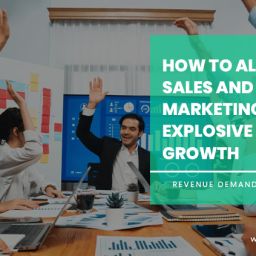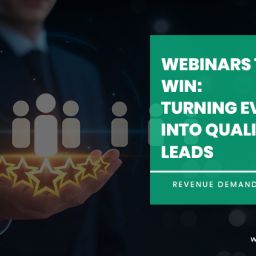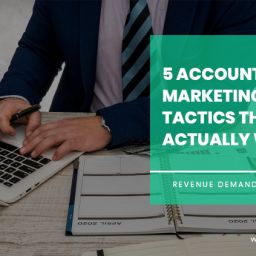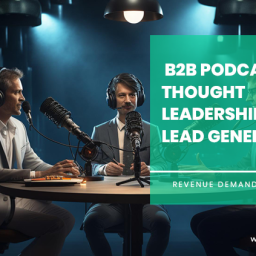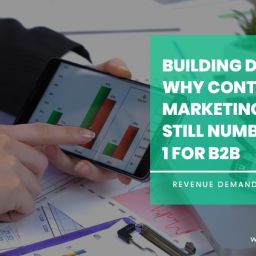From Click to Client: Mastering Your B2B Conversion Funnel
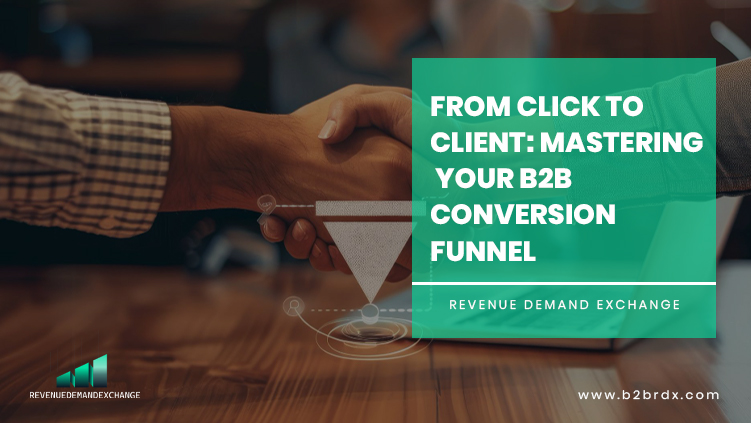
In today’s digital world, when there is a lot of competition, just getting people to your website isn’t enough to develop your business. The hardest part for B2B organizations is turning those clicks into qualified leads and then into paying customers. A well-organized conversion funnel makes sure that every step of the buyer’s journey, from the first time they hear about your product to the last time they buy it, is set up to help them convert. Not only does mastering this process improve ROI, but it also helps you develop long-term, trust-based relationships with customers.
Here are some important tips for conquering the B2B conversion funnel.
Targeted Content for Awareness
The top of the funnel (TOFU) is where people first hear about your brand. At this point, customers are usually only looking at different ways to solve an issue instead of actively trying to acquire something. The most important thing is to get people’s attention with material that teaches and informs. Your brand will be seen as a thought leader if you write high-quality blogs, industry trend reports, infographics, and social media postings. Using SEO-driven keywords also makes sure that your material gets good rankings and reaches the proper people who can make decisions. The idea is not to sell right away, but to get people interested and involved.
Lead Magnets to Capture Data
Once you have people’s attention, ask them to give you their information in exchange for anything of value. White papers, eBooks, checklists, and webinars are all great lead magnets for B2B marketing since decision-makers generally want to know a lot before they make a decision. Make sure that forms are easy to fill out and don’t ask for too much information, because complicated fields can make people less likely to convert. Captured data lets you nurture these leads more effectively as they go further down the funnel.
Buyer Personas and Messaging
There are usually more than one person involved in every B2B purchase, and they are generally from different departments. It’s really important to know what your buyer personas’ pain points, goals, and reasons for making decisions are. A CFO might want to see ROI numbers, while a marketing director could be more interested in how scalable the project is. By customizing your content and messaging for each persona, you can make sure that it is relevant at every point of contact. When your messaging is well-aligned, it speaks to the reader and makes them more likely to move on to the next step in the funnel.
Personalized Email Care
Email is still one of the best ways to get leads to move through the funnel. Instead of sending out generic emails, make unique, targeted email sequences to keep leads interested. If a potential customer downloaded an eBook on “AI in Demand Generation,” for example, your follow-up content should be related to that interest. Adding personal touches like the person’s name, company, or industry can make more people open and click on your emails. Automated drip campaigns also make sure that people are engaged on time and in a consistent way.
Case Studies and Demos
The middle of the funnel (MOFU) is where people who are interested in something look at their options. To gain people’s trust, give them proof points like case studies, testimonials, or success indicators that are particular to your sector. Setting up product demos or free trials is another way to help people make up their minds by letting them try the product out for themselves. Being open about prices and showing measurable results makes you more trustworthy, especially in B2B environments where purchases sometimes entail large amounts of money and huge risks.
Sales and Marketing Alignment
When marketing sends unqualified leads to sales or sales teams don’t follow up right away, it can cause a bottleneck in B2B funnels. For real success, marketing and sales need to work together. Using a single CRM system, sharing KPIs, and keeping lines of communication open all help make handoffs go smoothly. For instance, if marketing qualifies a lead based on their actions (such as downloading something several times or going to an event), sales should instantly reach out to them in a way that is specific to them instead of treating them like everyone else. This alignment cuts down on the time it takes to close deals by a lot.
Effective Retargeting Campaigns
Not every click will turn into a customer right away. In reality, studies reveal that B2B buyers connect with a brand on many different channels and touchpoints before making a choice. Retargeting advertisements on sites like LinkedIn, Google, or even email reminders can help keep your brand in front of people and get them to visit your site again when they didn’t convert the first time. Retargeting makes it more likely that people will return to your funnel by keeping your brand in their minds when they are making a choice.
Continuous Analysis and Optimization
A conversion funnel isn’t set in stone; it needs to be watched and tweaked all the time. You can use analytics tools like Google Analytics, HubSpot, or Salesforce dashboards to keep an eye on conversion rates, drop-offs, and how users act. If a lot of people leave your sign-up form without filling it out, making it easier to fill out may help. Regular A/B testing of your landing pages, CTAs, headlines, and email campaigns makes sure that your funnel stays optimized for the best outcomes.
Conclusion
A carefully designed B2B conversion funnel is the key to long-term growth from the initial click to closing a contract. Businesses can better lead leads from awareness to decision-making by teaching them, making communication more personal, getting teams on the same page, and coming up with new ideas all the time. Companies that do well see the funnel as a dynamic architecture that needs to be improved based on data, not just a one-time setup. Businesses can turn clicks into loyal customers with confidence by concentrating on trust, value, and accuracy at every step.


